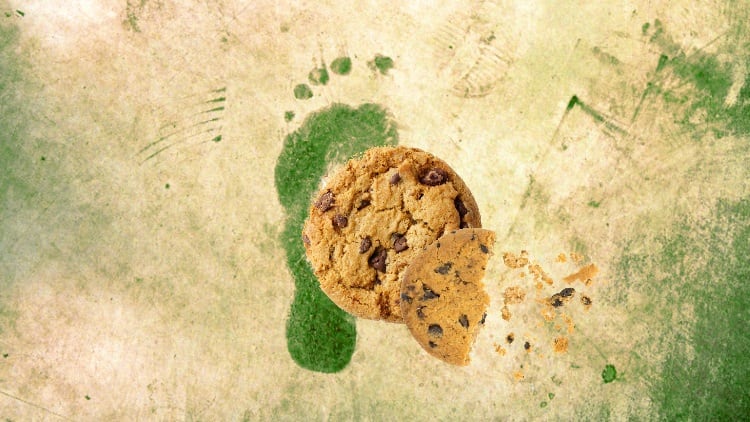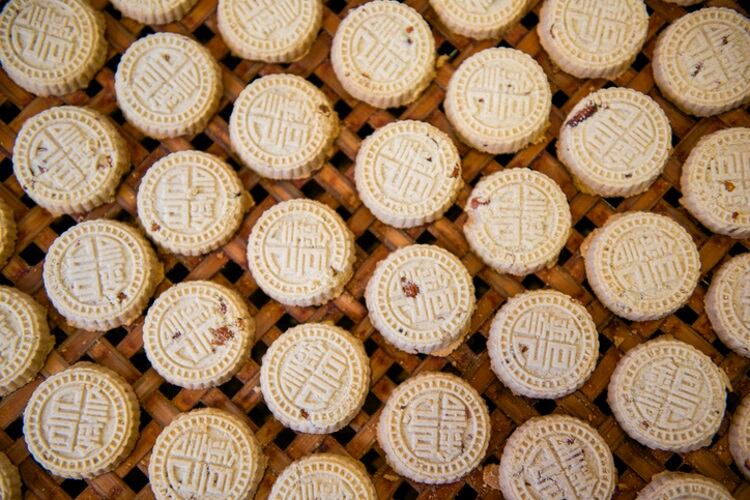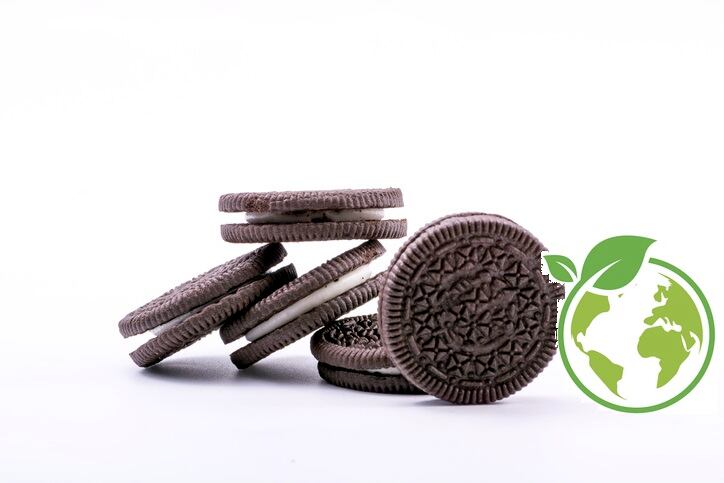Biscuits are loved the world over.
Be it an everyday treat, smothered in chocolate or a healthier offering, biscuits are consumed by all generations, from children to the elderly, and make up a significant part of consumers’ dietary habits.
This is especially true in the UK – the leading consumer of biscuits in the EU – where consumption reflects a strong link to cultural identity.
According to pladis – the UK’s leading biscuit manufacturer with more than 22% market share – Brits spend £500 every second on snacks. The biscuit category is the second largest snack food in the UK, outperforming crisps (potato chips), cakes and popcorn.
The McVitie’s maker claims 99% of Briton households regularly purchase biscuits and eat them on average three times a week.
UK biscuit sales grew by 2.6% to £2.49bn ($3.12bn) in 2017. The sweet biscuit category accounted for £2.04bn ($2.55bn) in sales that year.
Mintel forecasts the total retail turnover will be more than £3bn ($3.75bn) by 2020.
“Both more indulgent features, such as a thick covering of chocolate and indulgent fillings, and naturally healthy ingredients, are of strong interest to eaters of sweet biscuits,” said Richard Caines, senior food & drink analyst at Mintel.
Despite the importance of biscuits, though, not much is known of their environmental impact.
According to a study to be published in the September edition of Journal of Cleaner Production, to-date only two such studies exist: One focused on chocolate biscuits produced by Nestlé and another evaluating gluten-free biscuits.
So, the group of UK researchers set out to fill this gap and compare the environmental impact of six different types of biscuits, including crackers, low fat/sugar, semi-sweet, chocolate-coated and sandwich biscuits filled with chocolate or vanilla cream.
They also wanted to identify opportunities for improvements across the biscuits’ lifecycles to guide manufacturers in mitigating the hotspots in the supply chain and help consumers select more sustainable biscuits.
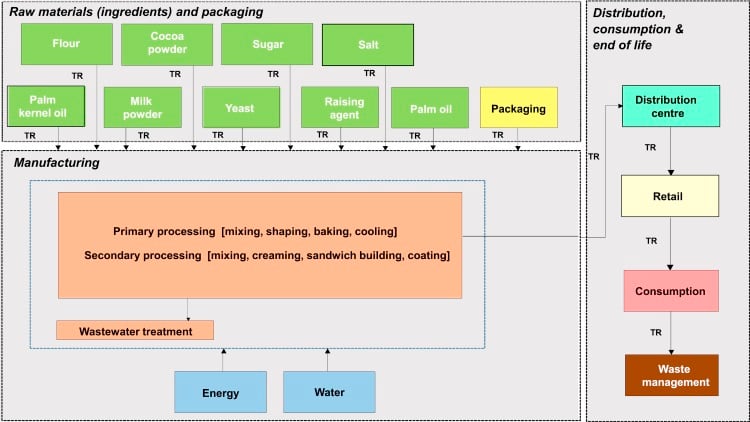
The good and not-so-good
The team found that – in addition to being healthier – low fat/sugar biscuits have the lowest impact, while chocolate-coated biscuits are environmentally the least sustainable.
The most significant hotspots for all types of biscuits is the production of raw materials – causing 41%-61% of the total impact – with flour, sugar and palm oil heading the list.
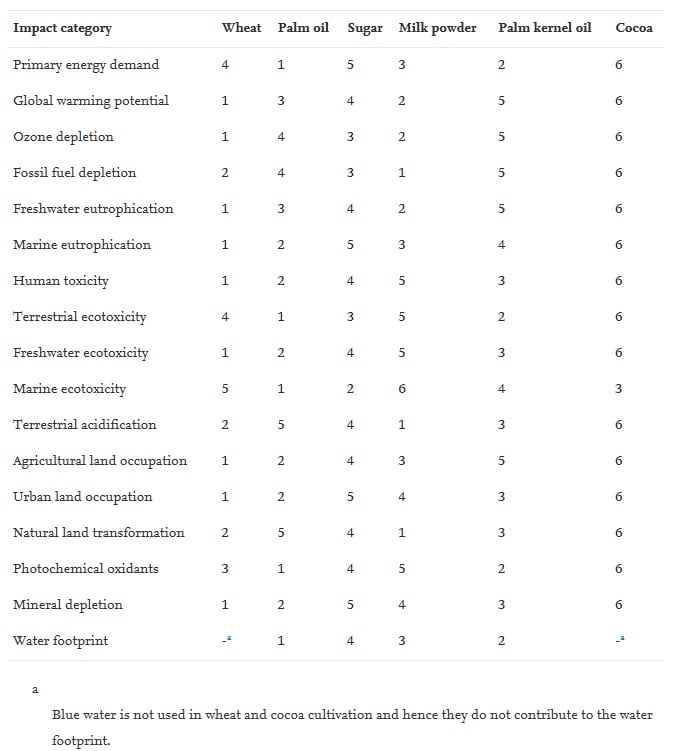
Wheat has the highest environment impact, including global warming potential (GWP), the second highest contributor to fossil fuel depletion, terrestrial acidification and natural land transformation.
This is followed by palm oil – a particularly contentious ingredient with deforestation, human rights abuses and orang-utan extinction at its heart.
However, the authors wrote that, while replacing palm with rapeseed oil would improve five impacts, it would worsen another five, including a 34% increase in agricultural land occupation and marine eutrophication (when a body of water becomes overly enriched with minerals and nutrients, inducing excessive growth of algae and resulting in oxygen depletion).
Therefore, they recommend the cultivation and production of sustainable palm oil – rather than its replacement – should be targeted.
Following raw materials, manufacturing had the second biggest impact on the environment (up to 54%), then transport (up to 35%).
The scientists calculated the biscuit sector contributes to 7.4% of energy demand and 0.5% of greenhouse gas emissions of the whole UK food sector.
The annual impact is dominated by crackers (7%-17%), low fat/sugar biscuits (10%-24%) and semi-sweet biscuits (7%-16%), due to their high sales volumes. The chocolate-coated biscuits contribute 3%-11% to the total, while the combined contribution of both types of cream biscuit is less than 6%.
The authors surmised that reducing energy consumption by 25% in manufacturing would reduce energy demand by 8%-12%; fossil fuel depletion by 9%-12%; and GWP by 6%-9%.
They added the latter would increase by 55% if land use change related to cocoa was involved, even though a very small amount of cocoa (less than 1%) goes towards biscuits.
Breaking down results
Chocolate-coated biscuits have the highest energy demand (22.4 MJ/kg) of all biscuit types, followed by the two cream varieties with approximately 14% lower consumption (19.1–19.4 MJ/kg). Low fat/sugar biscuits require the least amount of energy around at 16.9 MJ/kg.
Likewise, chocolate-coated biscuits accounted for the highest global warming potential (1.81 kg CO2 eq./kg) and the lowest is low fat/sugar biscuits (1.27 kg CO2 eq./kg).
Within manufacturing, baking is the most influential process, causing 10%-19% of the impact. In the case of chocolate-coated biscuits, milk powder is the most significant contributor (30%).
Wheat cultivation is the most significant activity in the life cycle to contribute to ozone depletion, followed by manufacturing. The vast majority of ozone depletion is caused by emissions of halogenated organic compounds released along the lifecycle, mostly associated with fossil fuel energy chains. Halogenated compounds – such as methyl chloride (CH 3 Cl), methyl bromide (CH 3 Br) and methyl iodide (CH 3 I) – are a major source of halogens in the atmosphere, and subsequently form sources of reactive species capable of catalytically destroying the ozone.
Similarly, the chocolate-coated biscuits have the highest eutrophication of both freshwater and marine water, as well as the highest agricultural land occupation and natural land transformation, tailed closely by crackers and semi-sweet biscuits, with low fat/sugar biscuits coming in last.
The highest water consumption is also incurred by chocolate cream biscuits (2,134 liters/kg) and the lowest in the low fat/sugar product (771 liters/kg).
Conversely, though, crackers, low fat/sugar and semi-sweet biscuits each have around two times higher water footprint (26-27 l/kg) than the remaining three types (11-12 l/kg). This is due to the origins of their raw materials, which are produced in more water-stressed regions.
Across the category, raw materials contribute 19%-78% to the total water footprint, followed by manufacturing (12%-31%) and packaging 7%-46%.
The research was funded by the UK Engineering and Physical Sciences Research Council, EPSRC (Grant no. EP/F007132/1).
Studies
Evaluation of environmental sustainability of biscuits at the product and sectoral levels
Authors: Antonios Konstantas, Laurence Stamford and Adisa Azapagic
Journal of Cleaner Production, Vol 230, 1 September 2019, Pages 1217-1228
https://doi.org/10.1016/j.jclepro.2019.05.095
Environmental management of confectionery products: Life cycle impacts and improvement strategies
Author: J. H. Miah, A. Griffiths, R. McNeill, et al.
Journal of Cleaner Production, Vol 177, 10 March 2018, Pages 732-751
https://doi.org/10.1016/j.jclepro.2017.12.073
Authors: Isabel López, Vasileia Noyaa, Valentina Vasileia, et al.
Journal of Cleaner Production, Vol 170, 1 January 2018, Pages 451-461


